Syracuse
Syracuse (or Siracusa) played a very important role in ancient history. Here is a snapshot.
Syracuse equaled Athens
The city was founded around 733 BC by Greek settlers. It equaled Athens in size with some 250,000 inhabitants in the entire territory. The nucleus of the ancient city was, and still is in modern times, the small island of Ortygia.
Roman influence
In 212 BC, the Romans besieged the city. At this point Syracuse became the Capital of the Roman Government of Sicily. It remained an important port for trade between the eastern and the western parts of the Empire.
Arab conquest
During the 9th Century AD, Saracens conquered Sicily from the occupying Byzantines. They turned it into the Emirate of Sicily with Palermo as the capital. Later, Syracuse took up this position.
Byzantines and Normans
In 1038, the Byzantines reconquered Syracuse only for the Normans to take over in 1085. In 1194, Emperor Henry VI occupied the Sicilian Kingdom including Syracuse.
Flash forward many years
The French Angevin were in power shortly before the Spanish Aragon ruled leaving traces in the architecture of noble homes.
Archimedes
Syracuse was also birthplace of the preeminent mathematician and engineer Archimedes. And, unfortunately, it is also the place where Archimedes was killed by friendly fire.
Syracuse today
Nowadays, Syracuse is a popular destination for visitors interested in ancient history. But, Syracuse also has a great coastline offering great beaches and beautiful sea water.
My accommodation
I had booked a room in the B&B Diana on Piazza Archimede in Ortygia. It is just minutes away from Piazza del Duomo, the restaurants, shops and all the happening of town.
Piazza del Duomo in Syracuse
This square is a very large esplanade surrounded by a number of historic buildings such as the Palazzo Benventano del Bosco built in 1700.
Cathedral of Syracuse
And of course, the Cathedral of Syracuse built on the site of a temple dedicated to Athena after the Battle of Himera. During the Muslim rule, it was converted into a mosque only to be later reconverted into a church.
Many different architectural styles
Maintaining its Corinthian columns, it has a Norman nave and an Arab style side entrance reflecting the many layers of history all in one building.
Church of Santa Lucia all Badia
It is located few steps from the Church of Santa Maria and exists since the mid 15th Century. Albeit, the massive earthquake of 1693 totally destroyed it. Two years later the 10 year long reconstruction commenced. The characteristic Sicilian façade is best seen at sun set.
I found this little figurine of a praying nun on the outside wall of the church. It is in a rather unusual position facing the sky.
Parco Archeologico della Neapolis
The next morning I ventured out to the Parco Archeologico della Neapolis. There are a number of amazing sites to explore. Hence, I planned to stay there for most of the day.
Greek theatre
This Greek theatre was built in the 3rd Century BC and later enlarged by Hiero II. It is said to have been the largest theatre in the ancient world.
The capacity of the theatre amounted to some 15,000 spectators. It has a diameter of almost 140 meters.
Classical Performances
Nowadays, classical performances are organised during the summer.
Latomia del Paradiso
This is the limestone quarry of Latomia del Paradiso riddled with catacombs. Five million cubic meters of limestone used by the Greeks to built the metropolis Syracuse came from here.
In 413 BC, it served as a prison for the 7000 survivors of the war between Syracuse and Athens.
Orecchio di Dionisio (The Ear of Dionysius)
I then walked through a marae of orange and lemon trees down to the “The Ear of Dionysius”. The narrow cavern is 23 meters high and really quite deep.
The Ear of Dionysius is said to have almost perfect acoustics. It was used to eavesdrop on the prisoners through a hole in the ceiling.
Roman amphitheater
I continued to the 1st Century AD Roman amphitheater originally used for gladiators’ combat and horse races. The Spaniards largely destroyed the site in the 16th century using the stones to build the town walls of Ortygia.
Performances
It is now occasionally used for performances. It looks rather rundown. However, imagine it with blooming red poppies surrounding a theatrical performance setting.
Altar of Heiron II
Close by is the the Altar of Hieron II. It was large enough to sacrifice over a hundred bulls at one time. Unfortunately, it is so much in ruin that it takes a lot of imagination to see that the heap of rocks was once a man made structure.
I found it interesting and very sensible that only the ashes of the burned bull bones were scarified to the Gods. The meat was consumed before.
Some more ruins in Ortygia
Apart from visiting the archeological park, there are many more ruins found in Syracuse testimony to its ancient glory.
Ortygia – Old town of Syracuse
As always, I love to discover the place by just walking around randomly. Here some pictures of the narrow road of Ortygia/Syracuse.
Market of Syracuse
Of course I had to pass by the market in walking distance from the centre to check out the many varieties of fruits and vegetables endemic in the Southern part of Italy. I also found “riccis” (sea urchins) and fresh oysters. I had to dig in accompanied with a glass of great chilled local white wine.
Concluding this post on Syracuse
So, this town has plenty to offer. Be it historical sites, strolling through the charming old town of Ortygia or enjoy some sea life.
Try to get to the main square after dark. The illumination of the church is really well done. And then head off to a restaurant in one of the side streets. There are plenty to chose from.


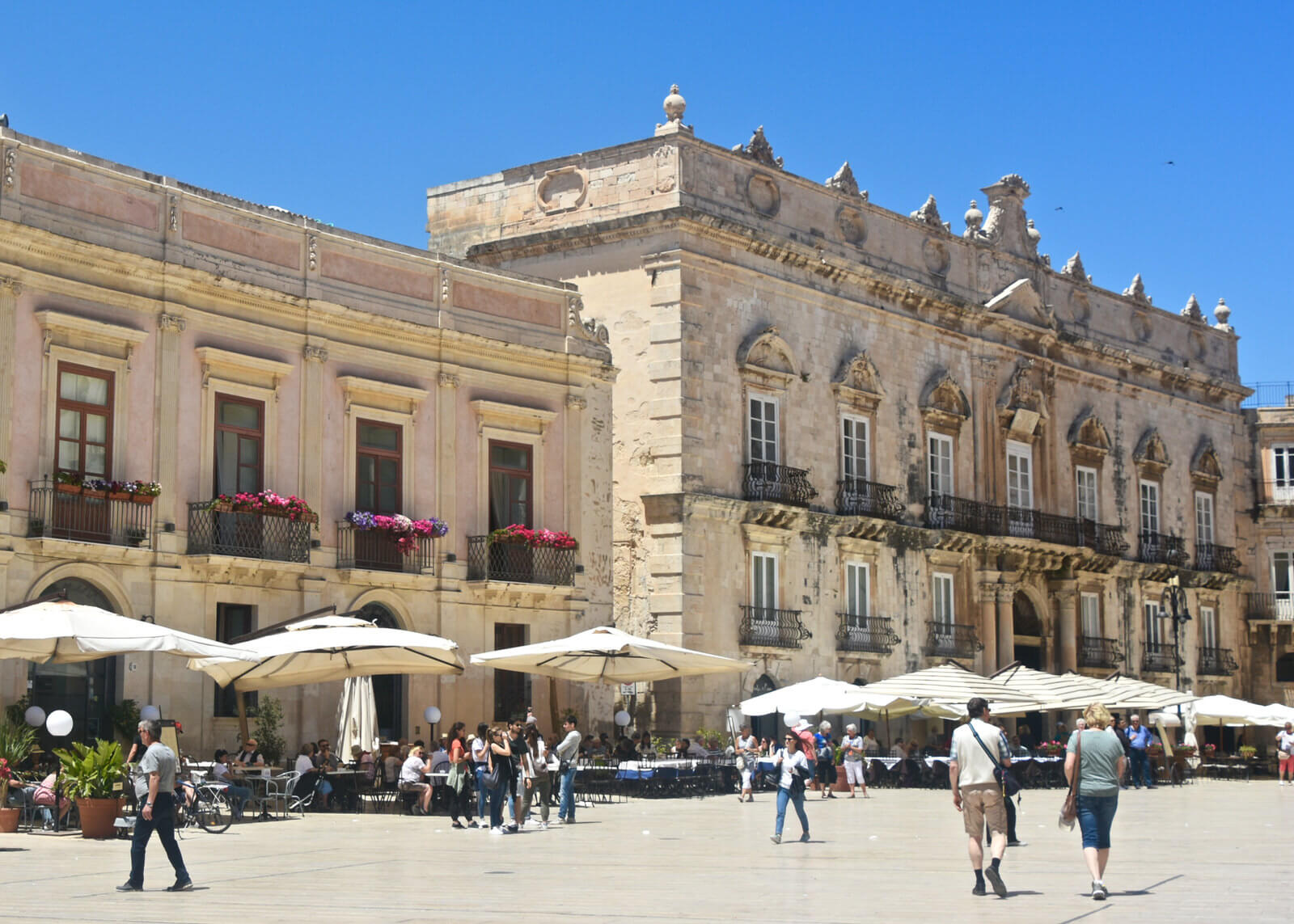
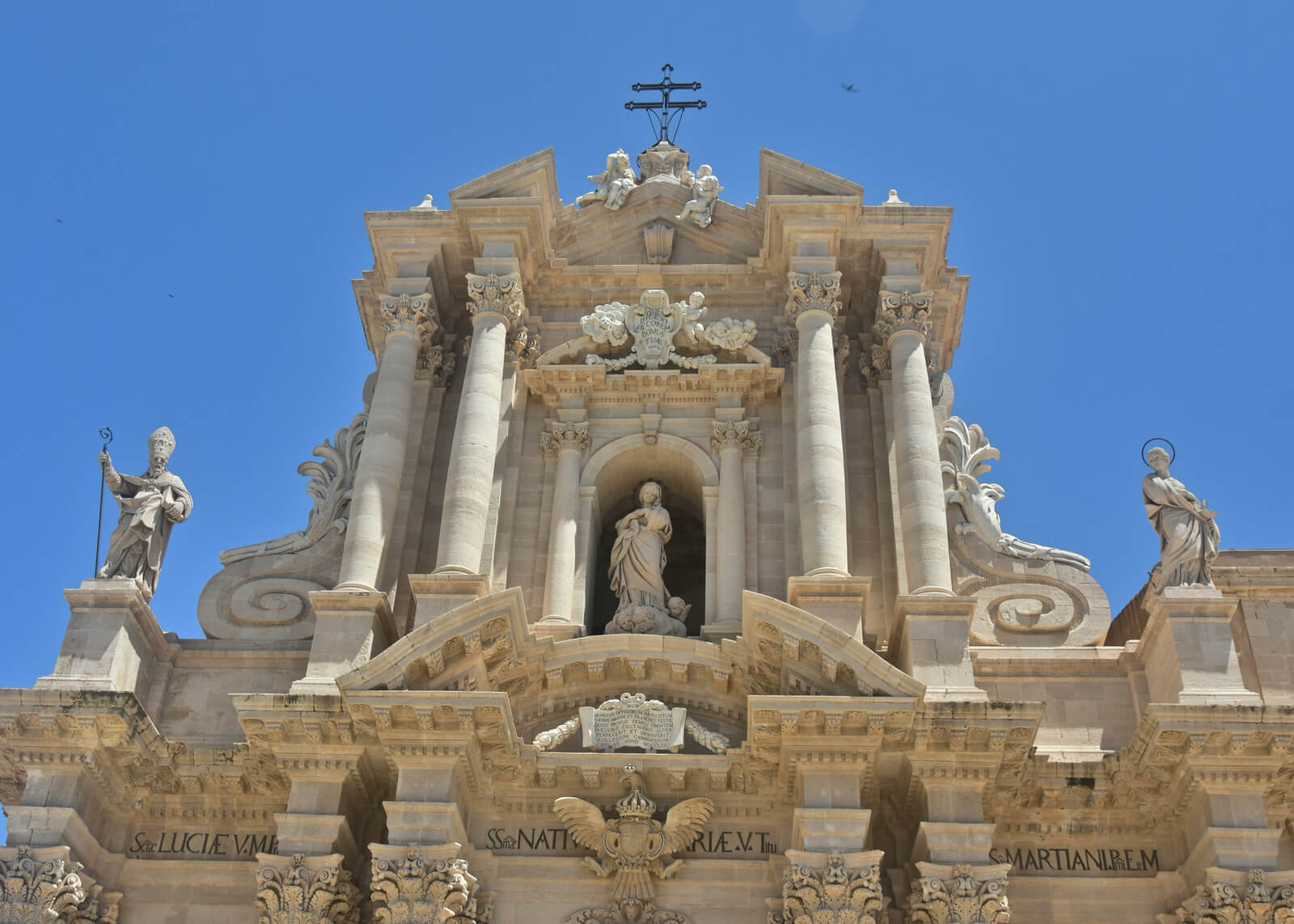
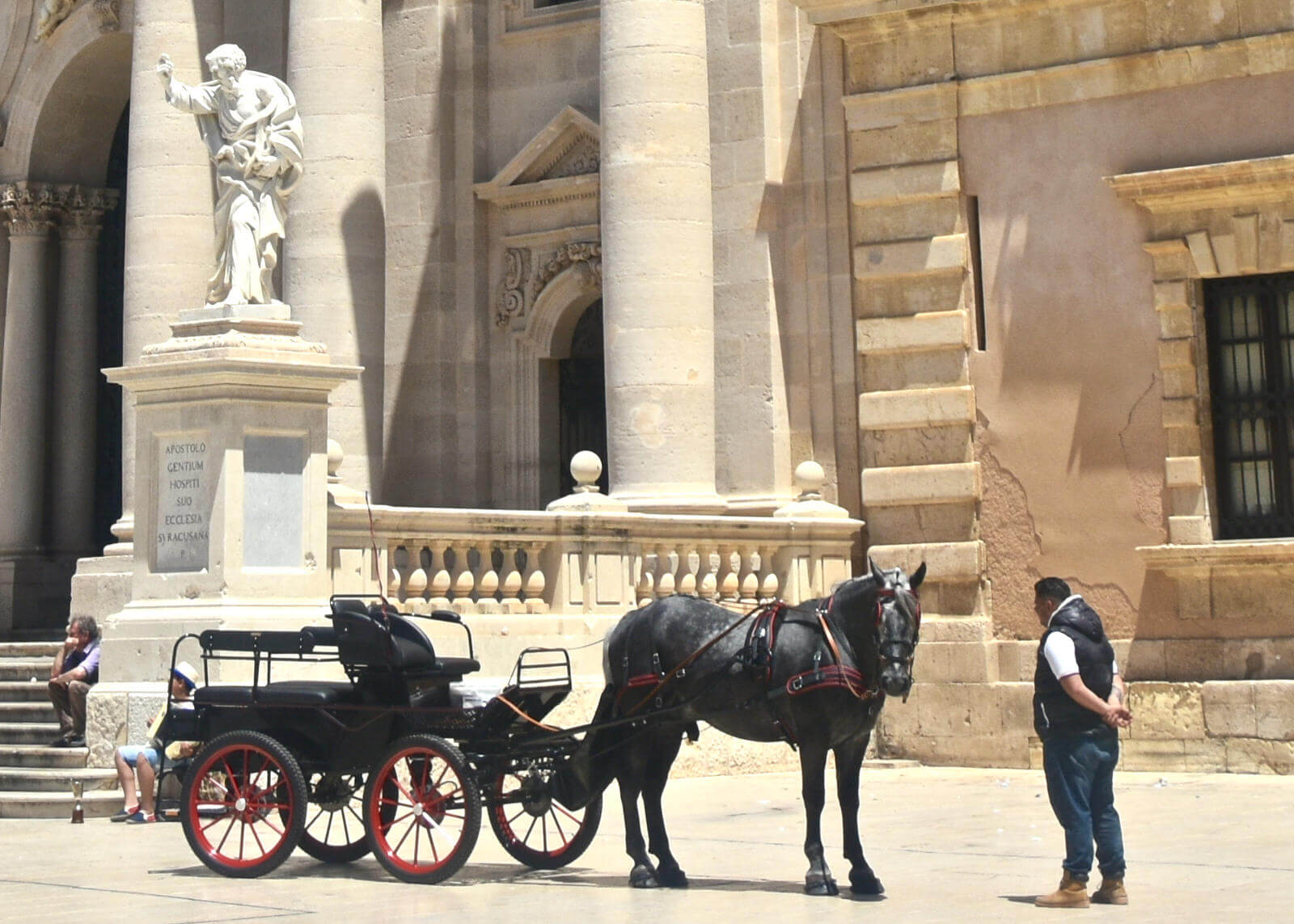
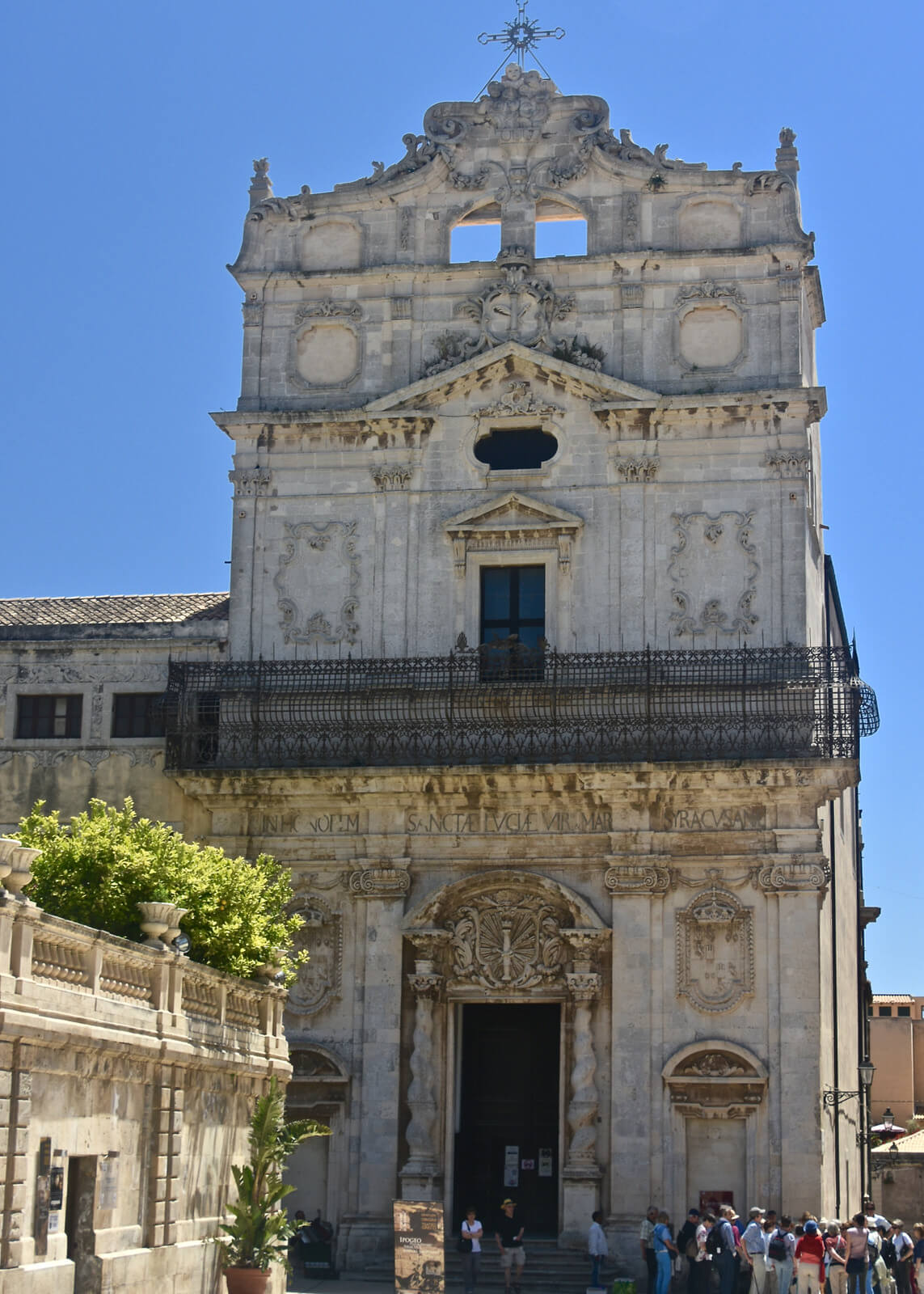
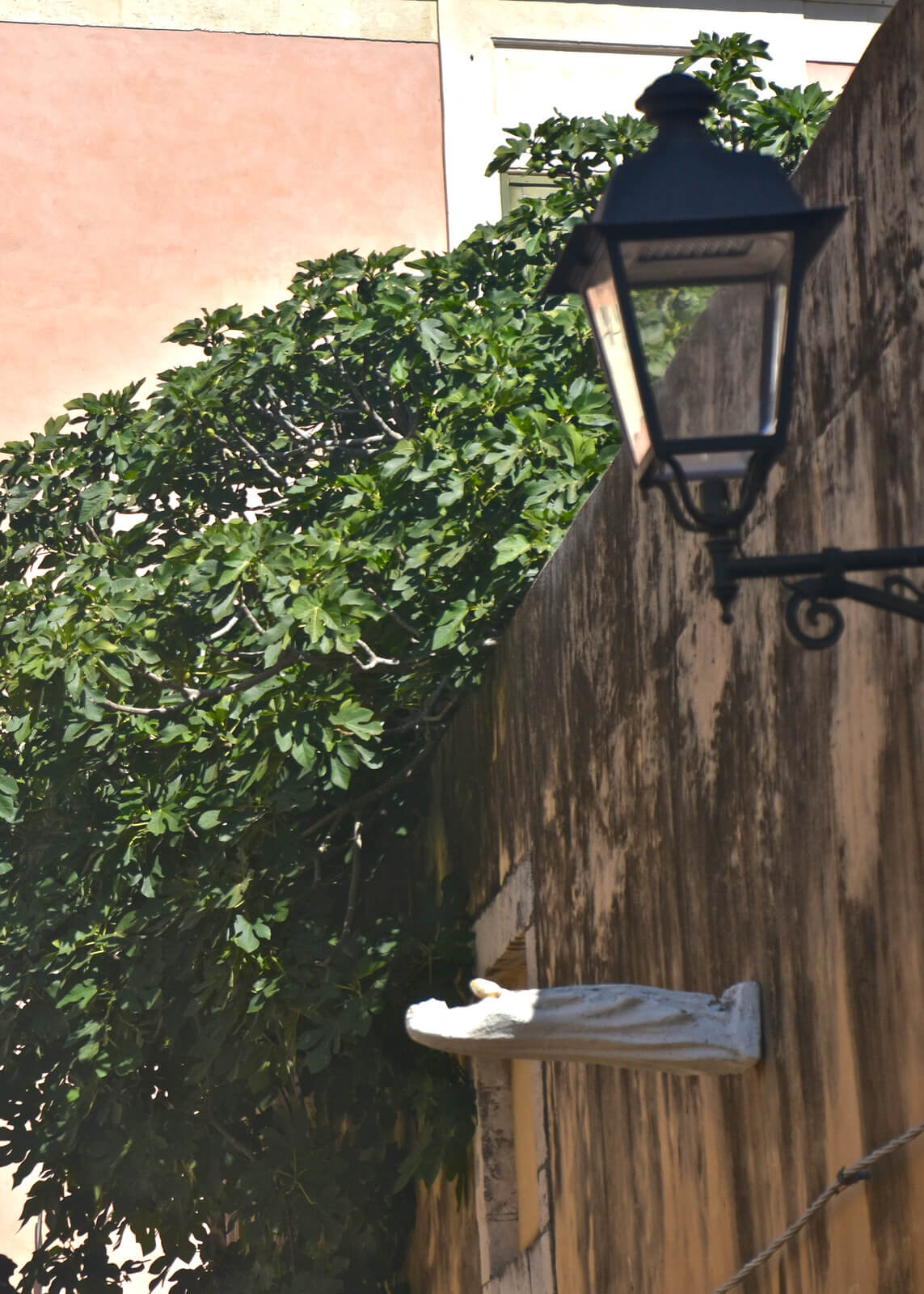
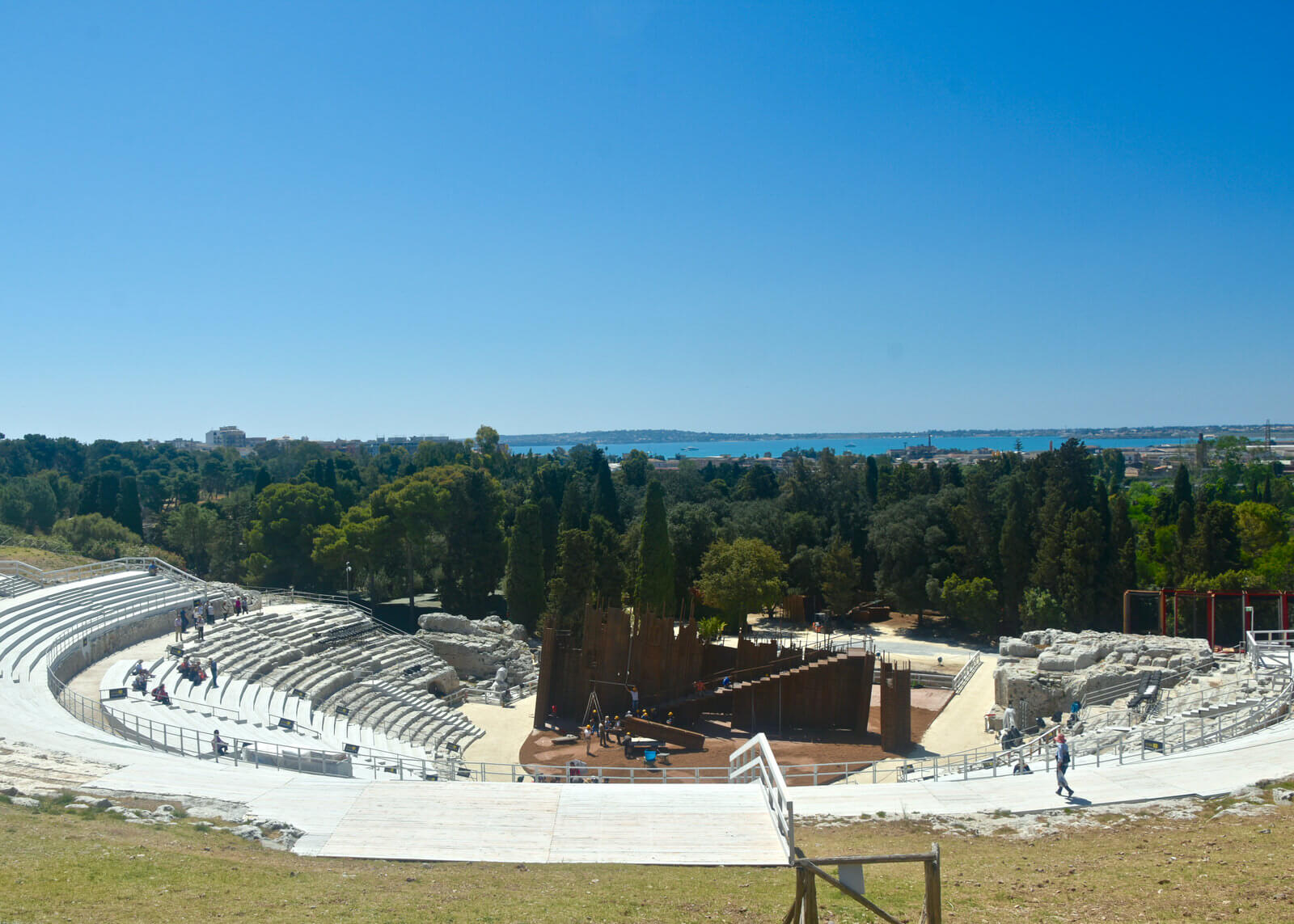
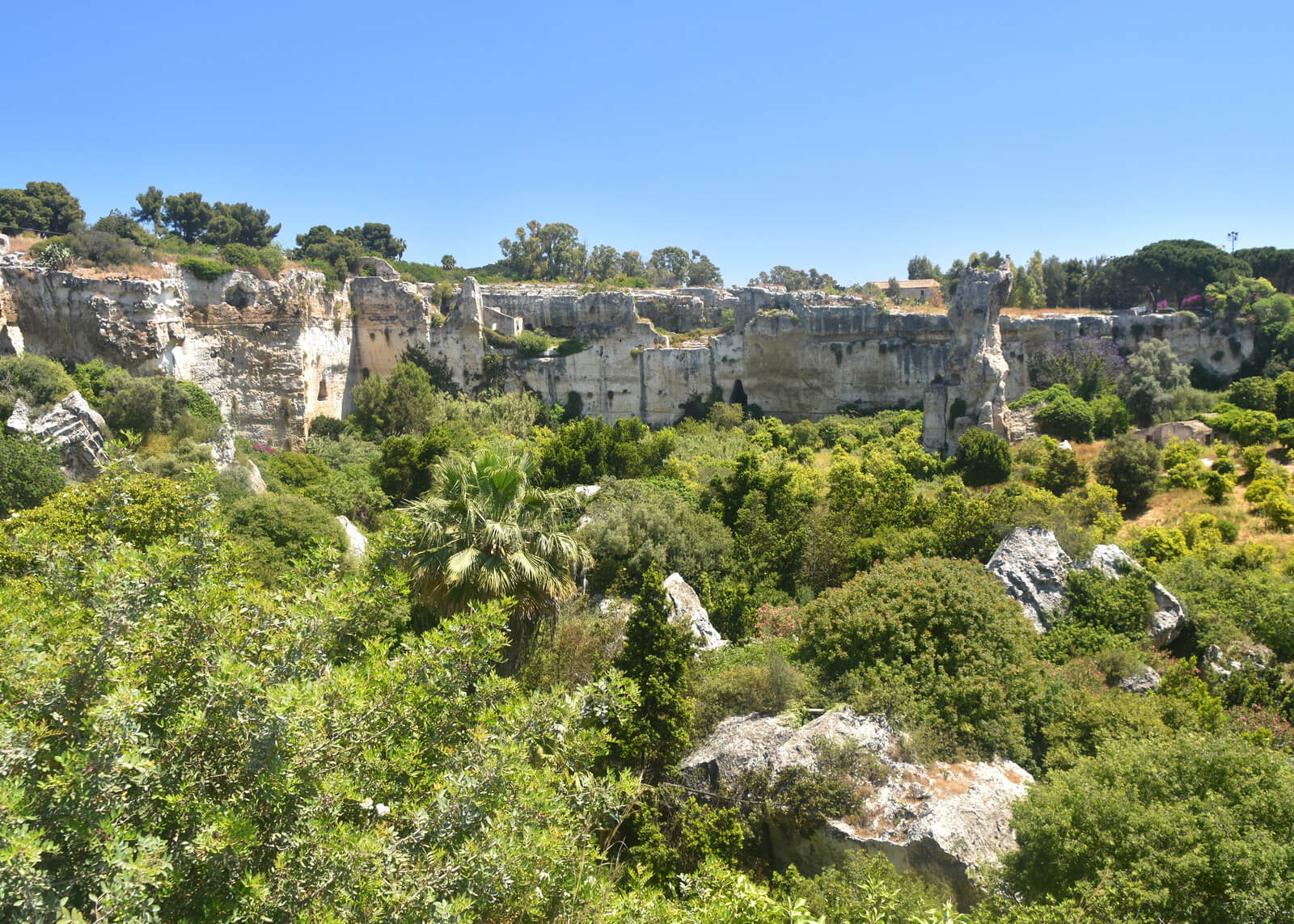
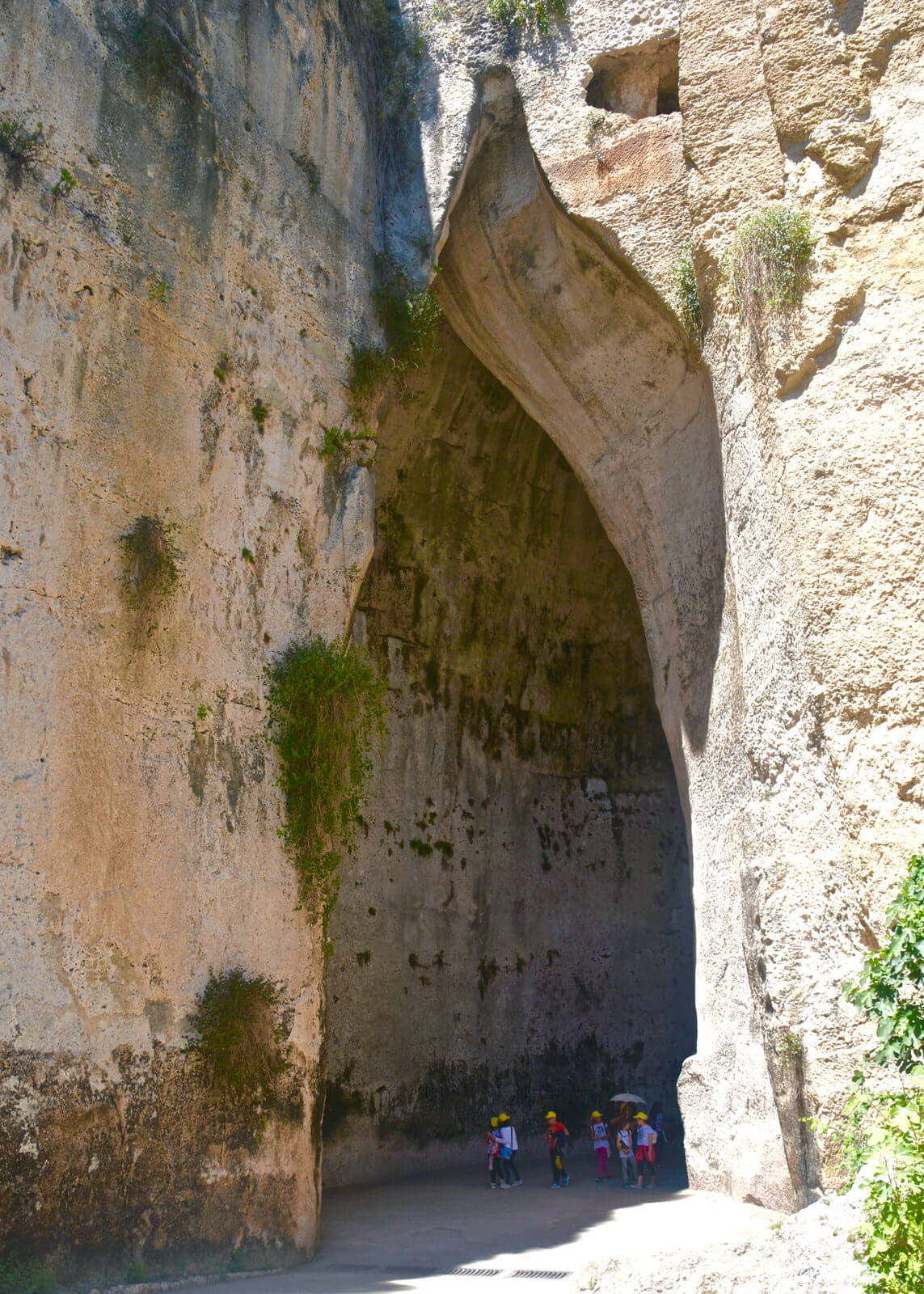
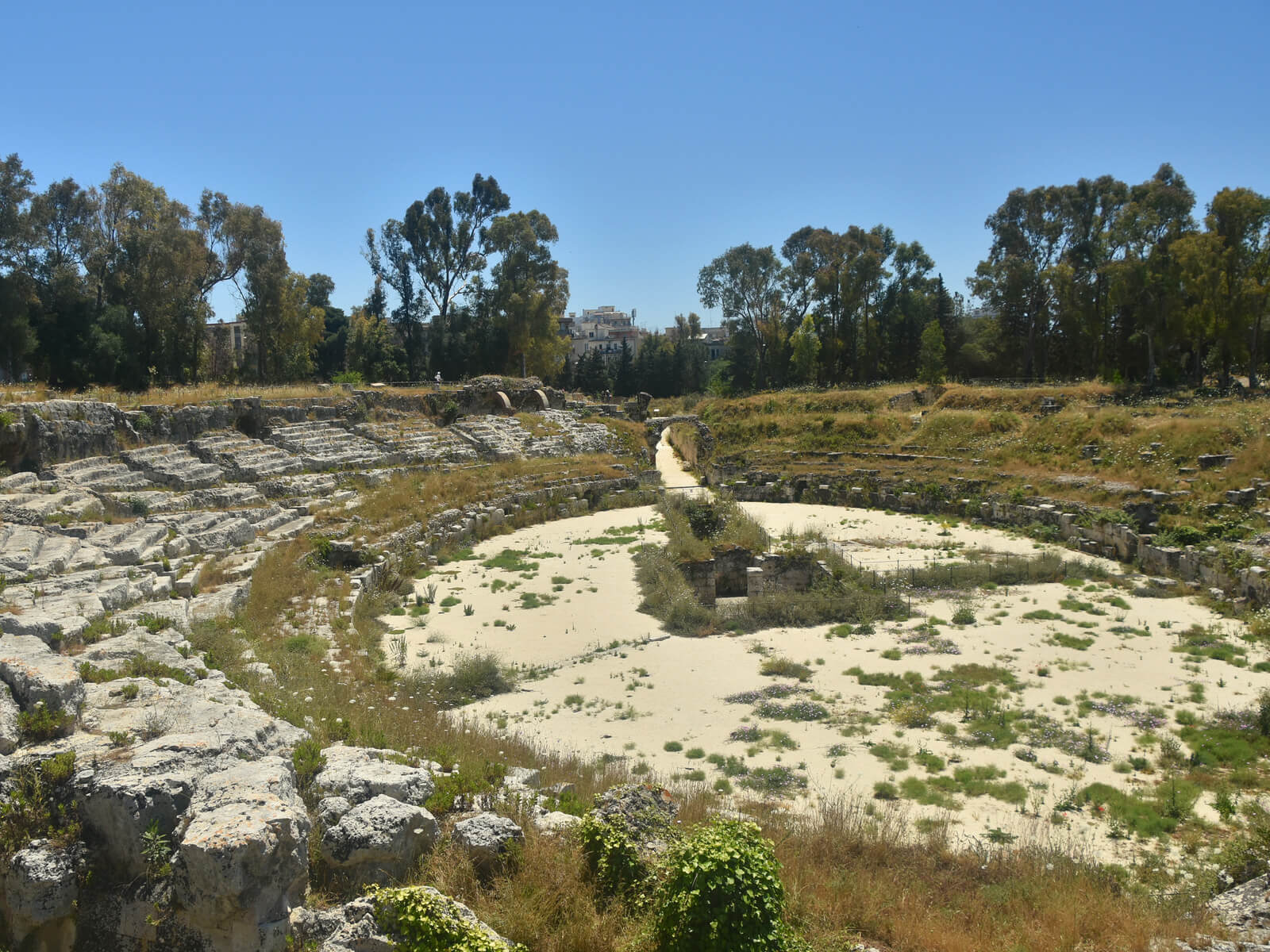
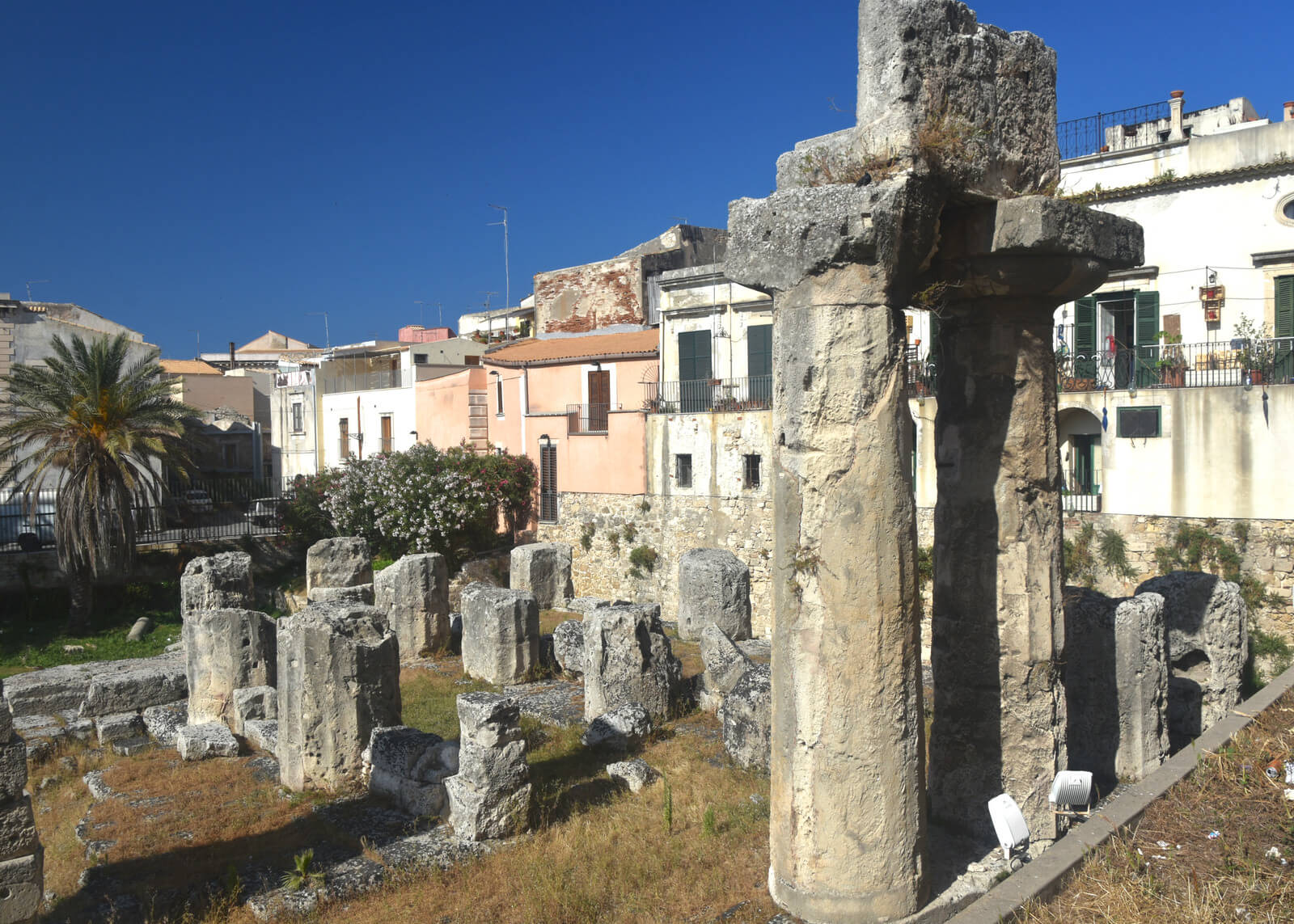
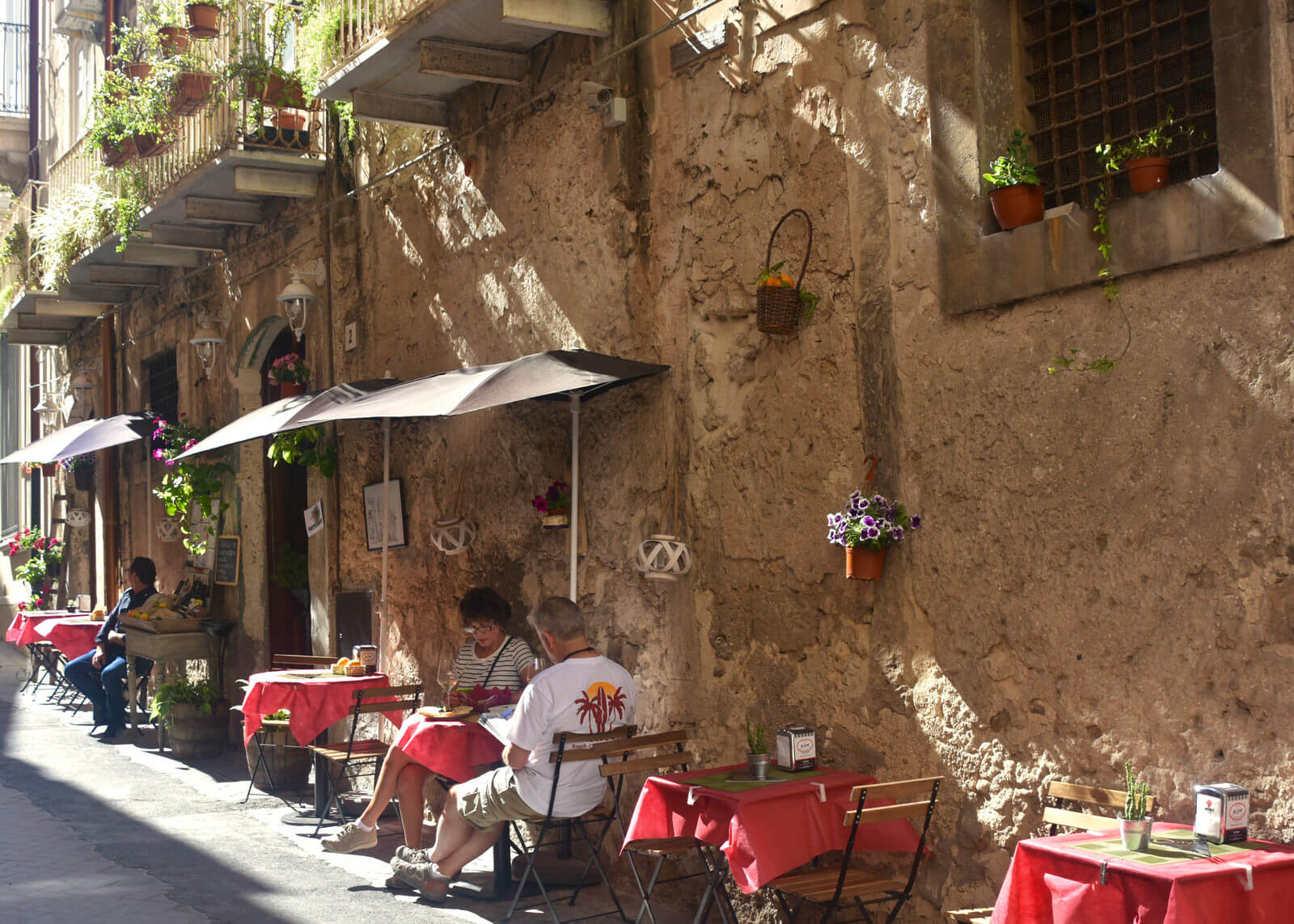
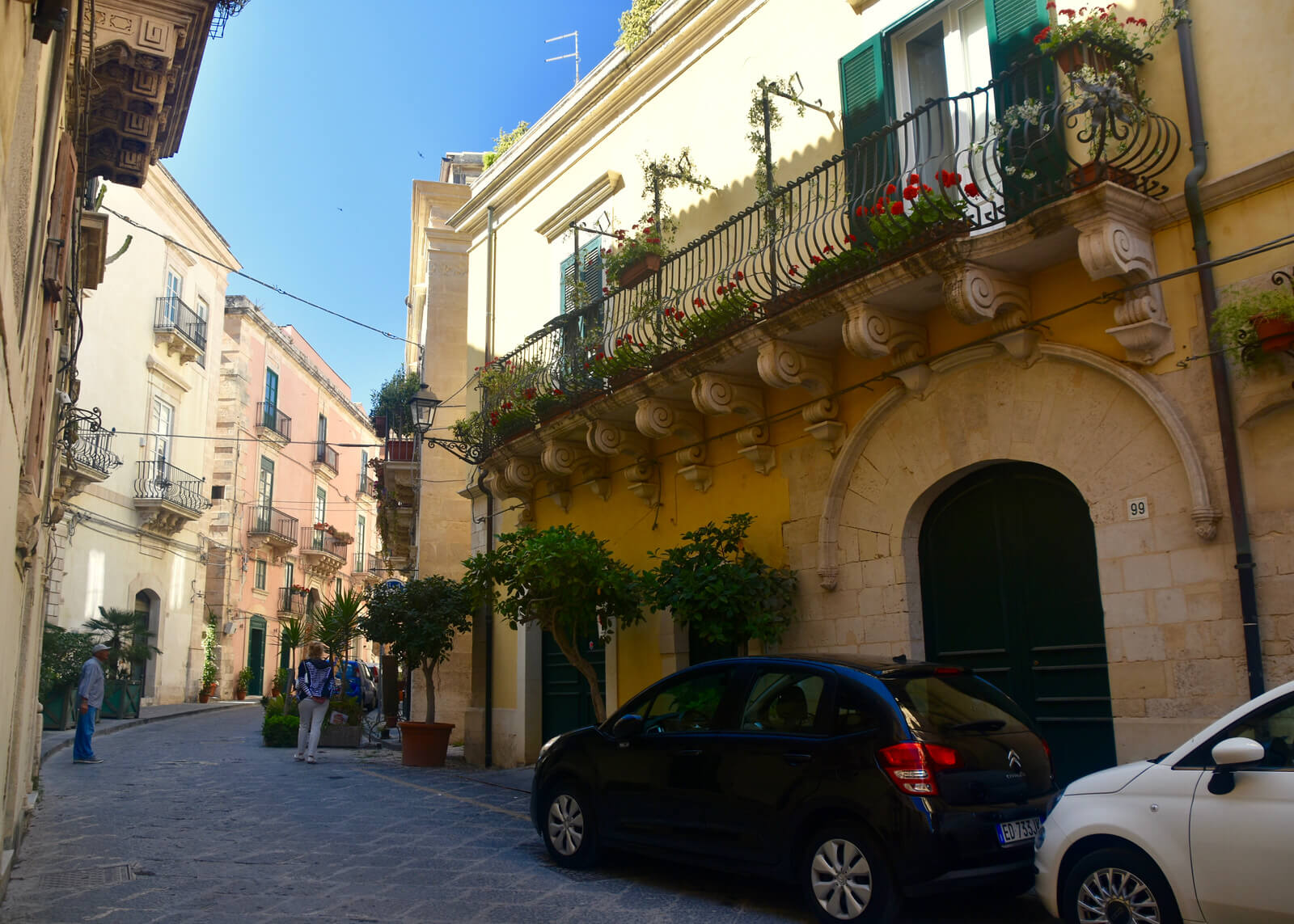
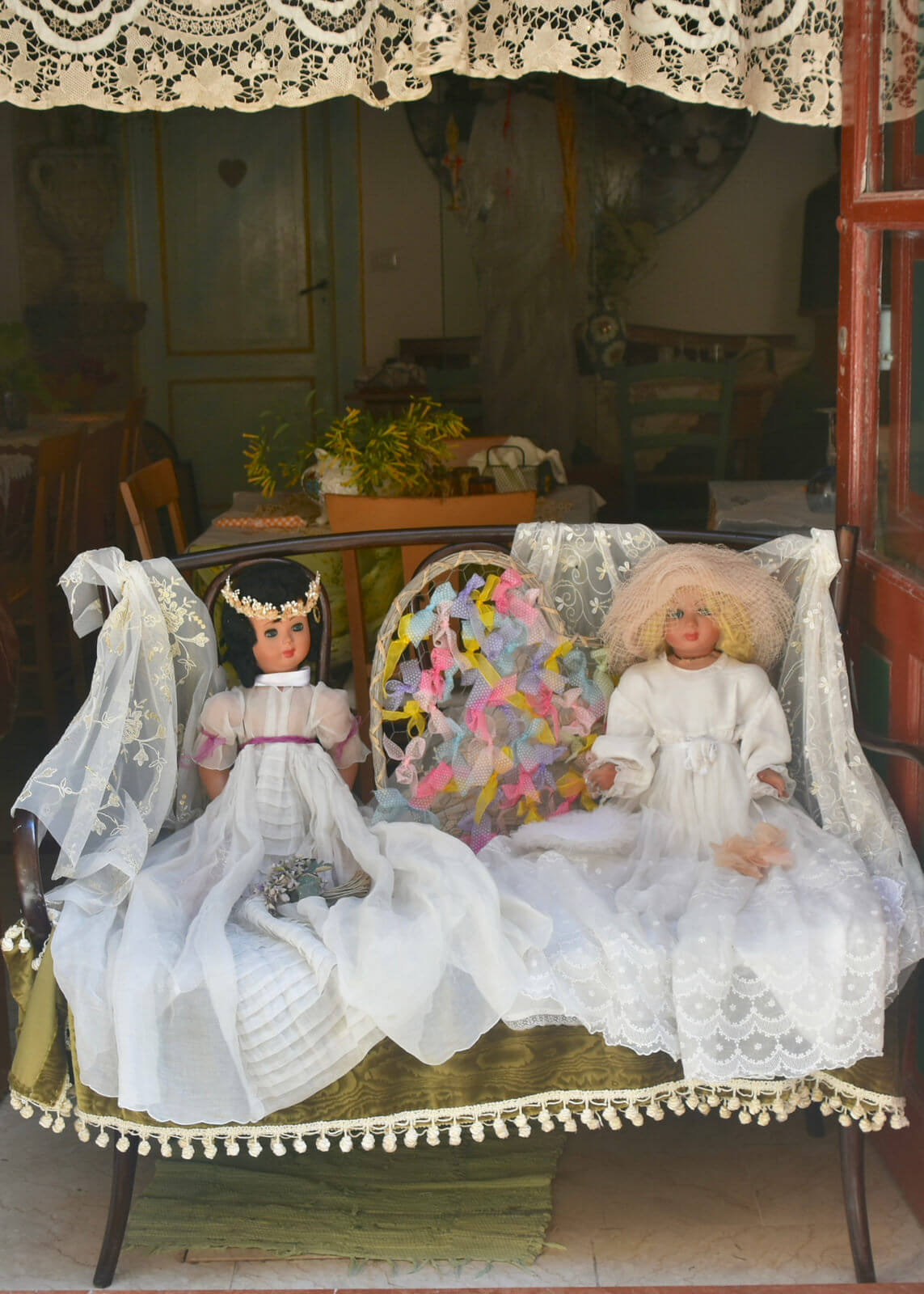
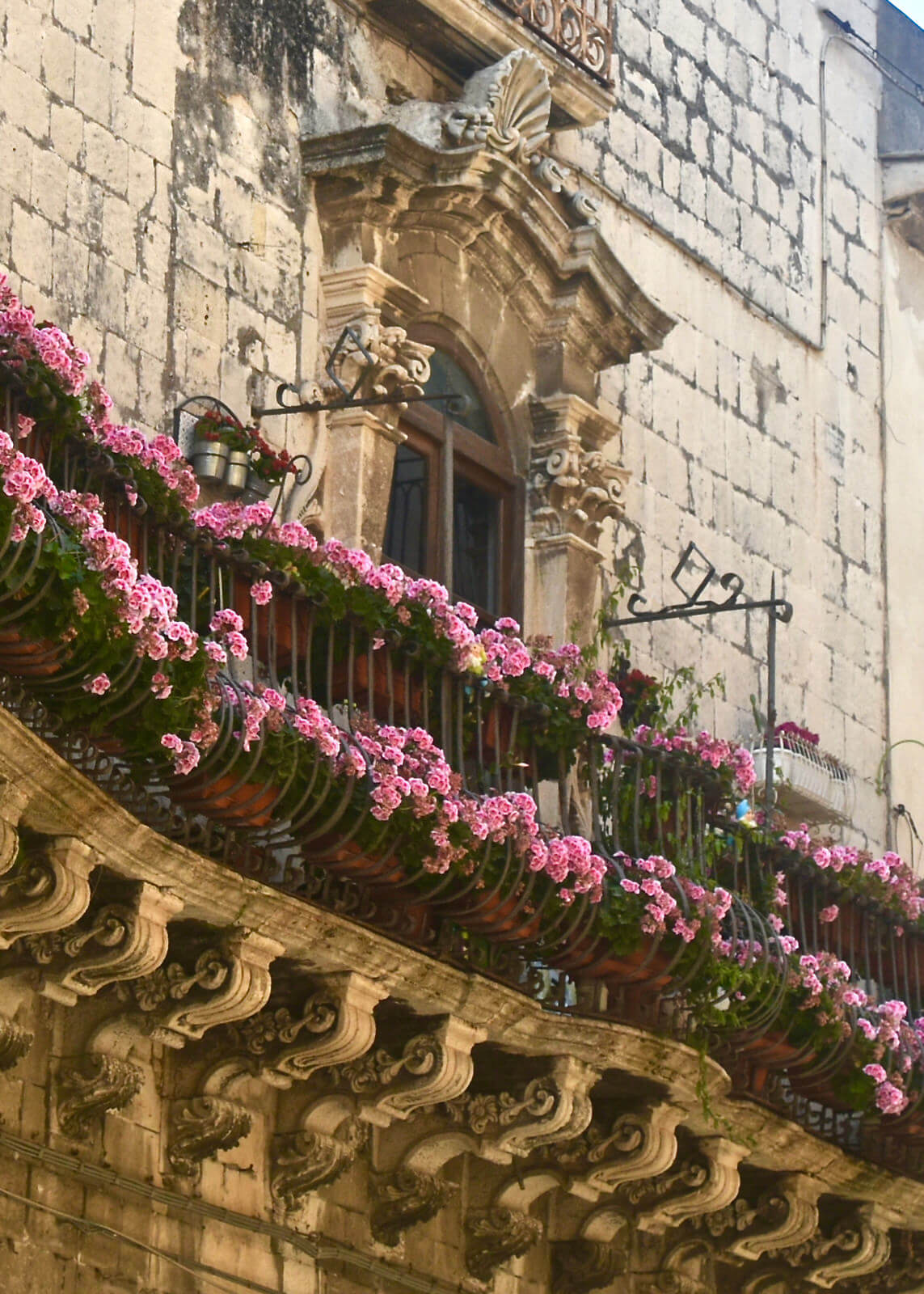
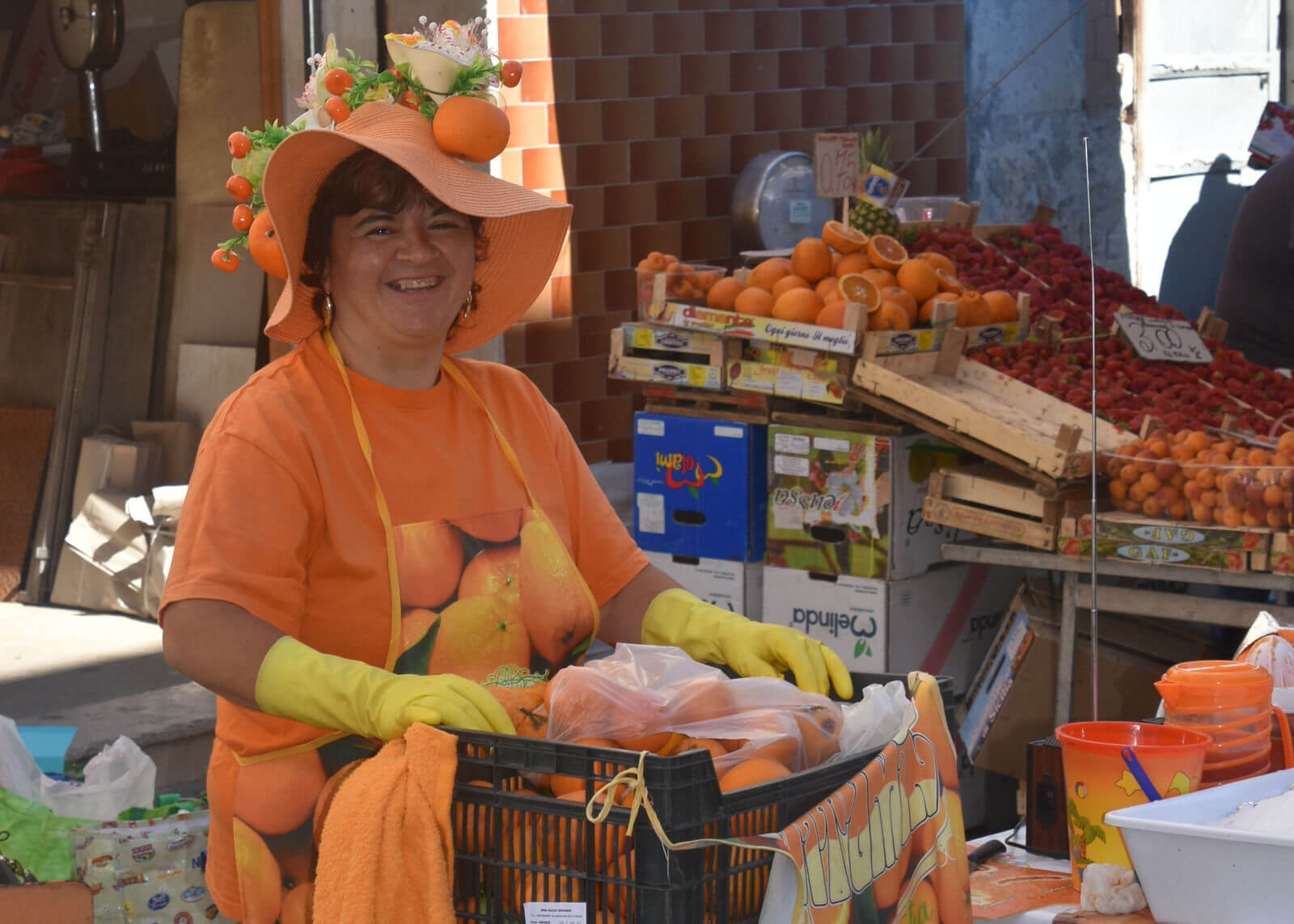
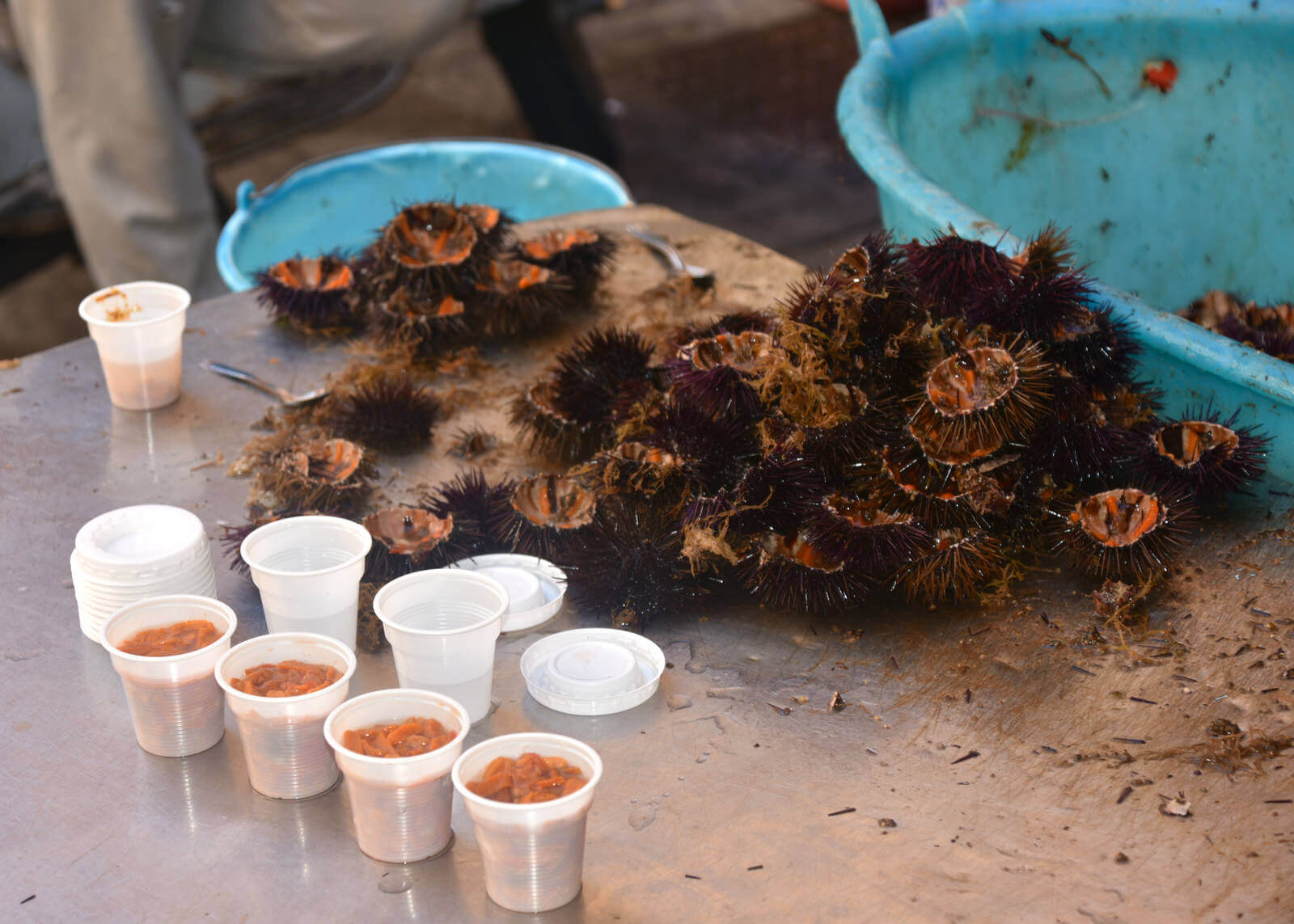
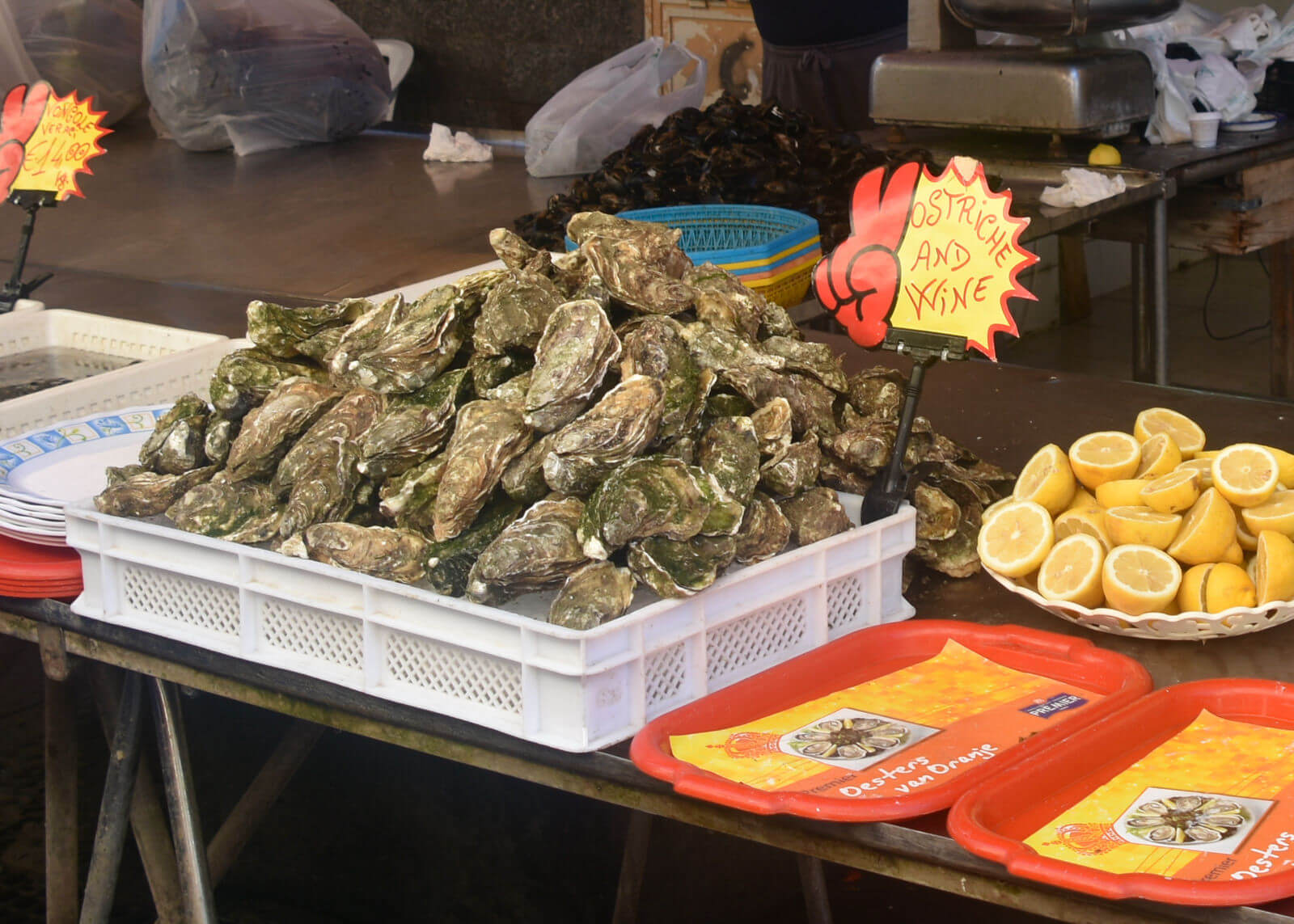

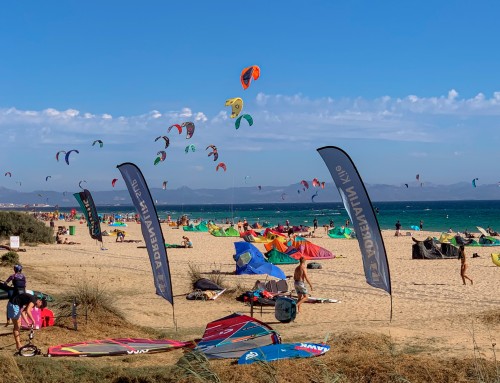
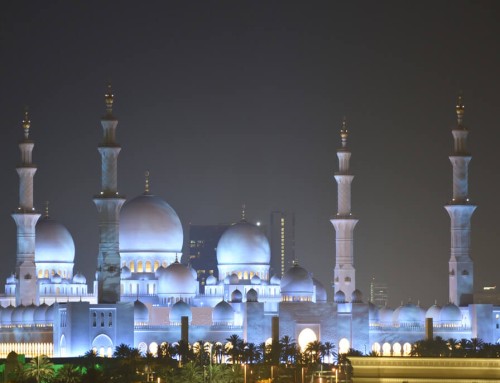
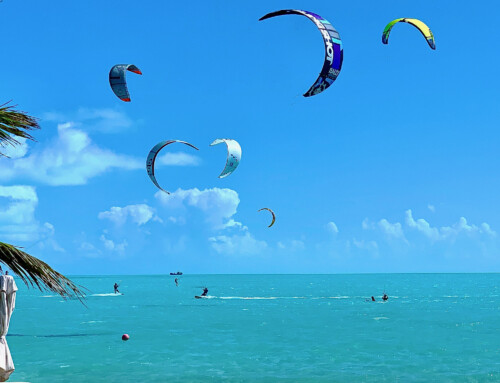
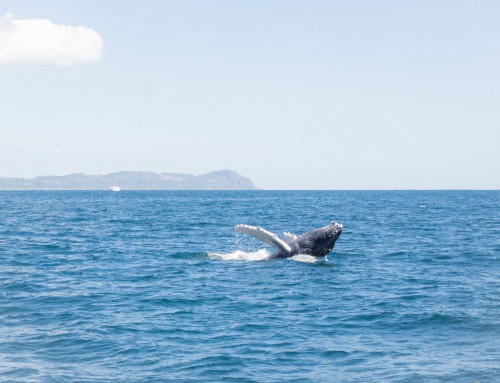
Leave A Comment
You must be logged in to post a comment.